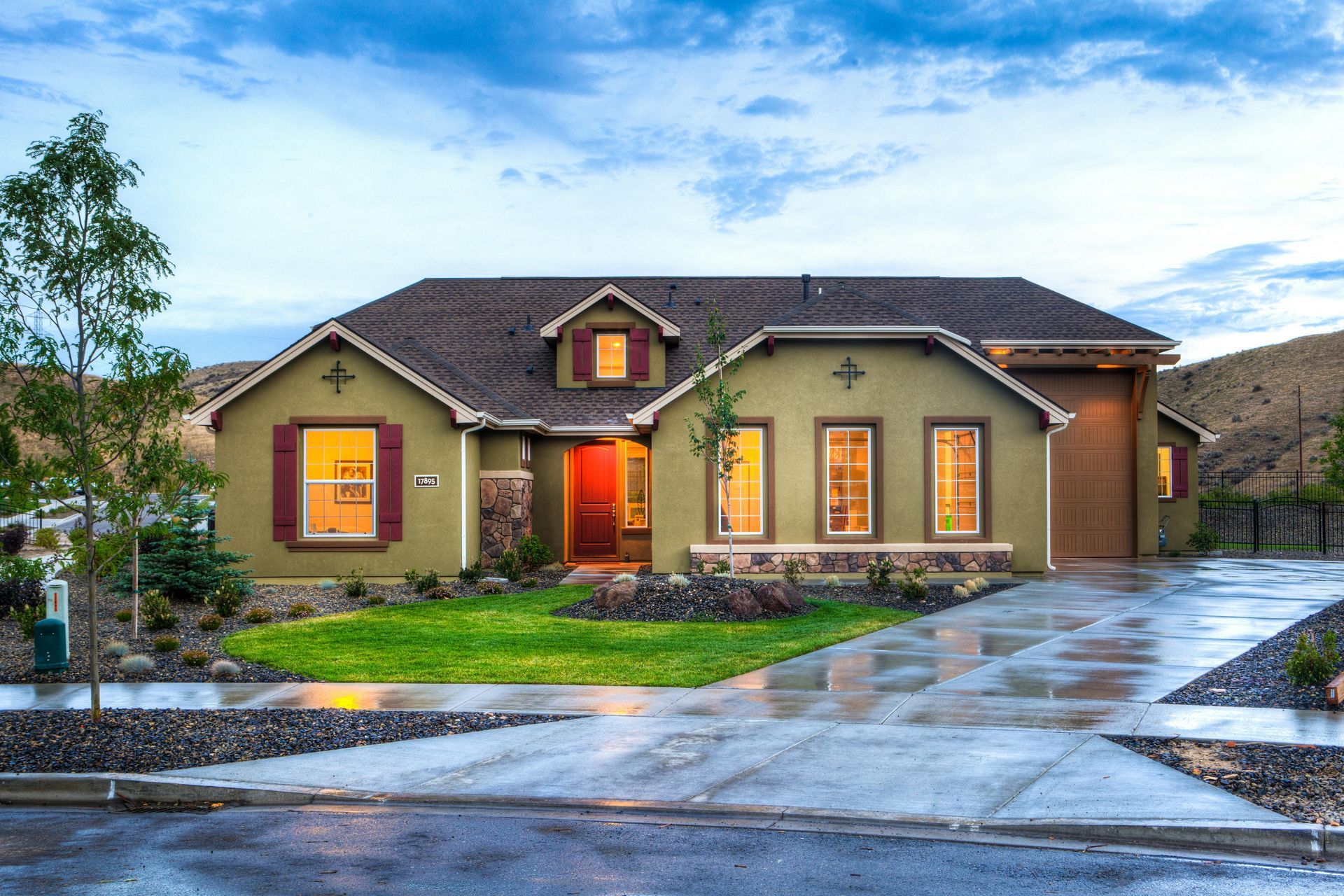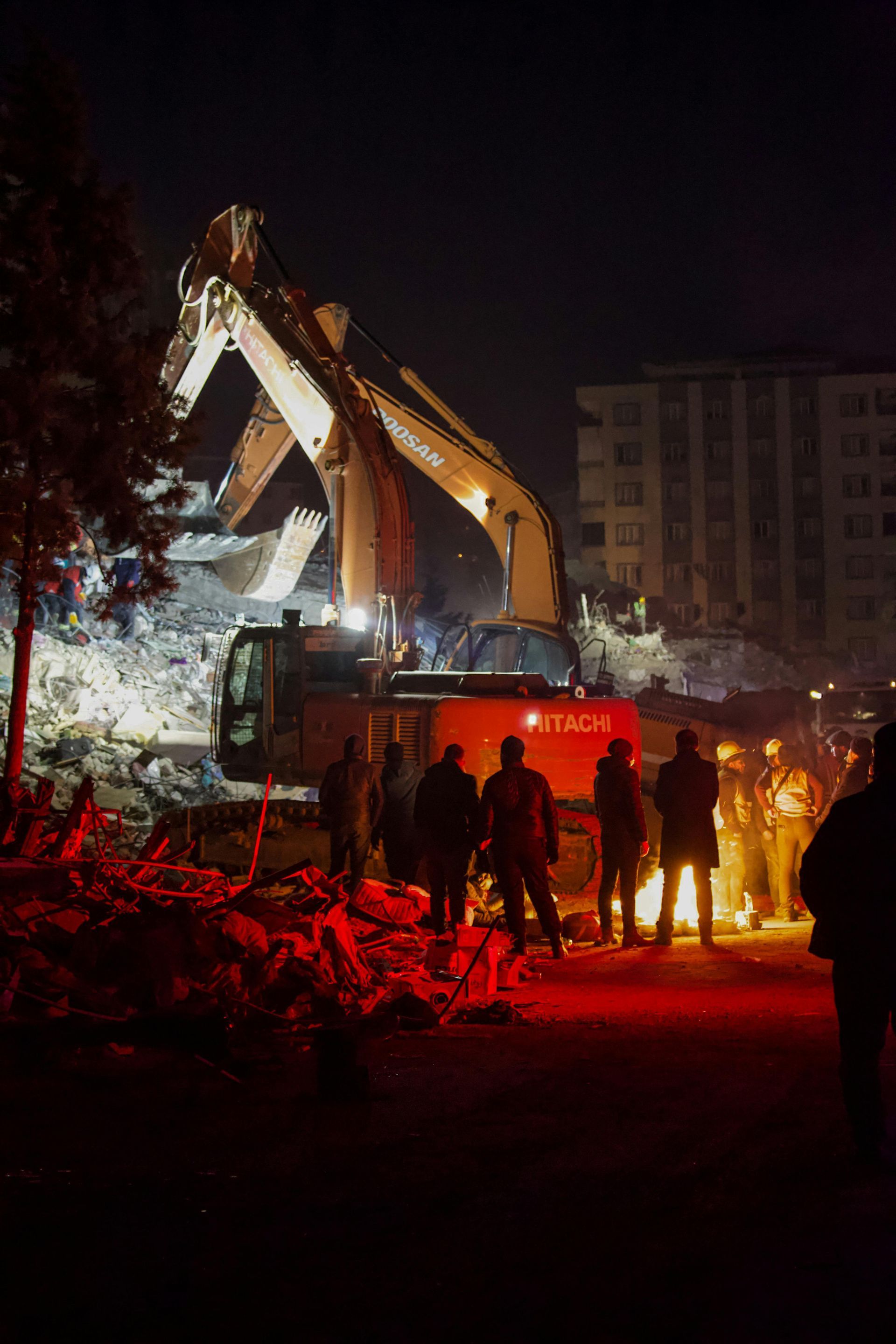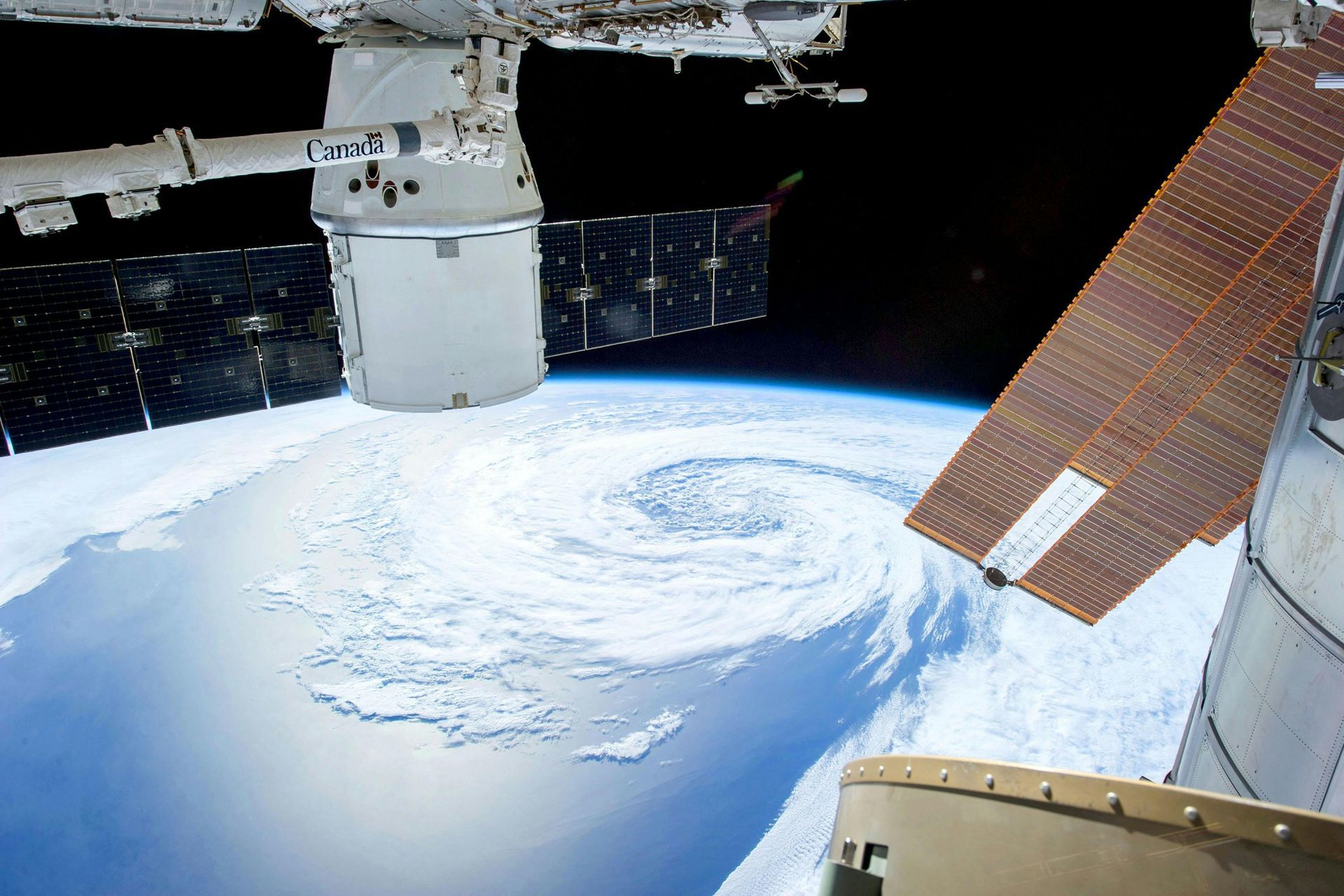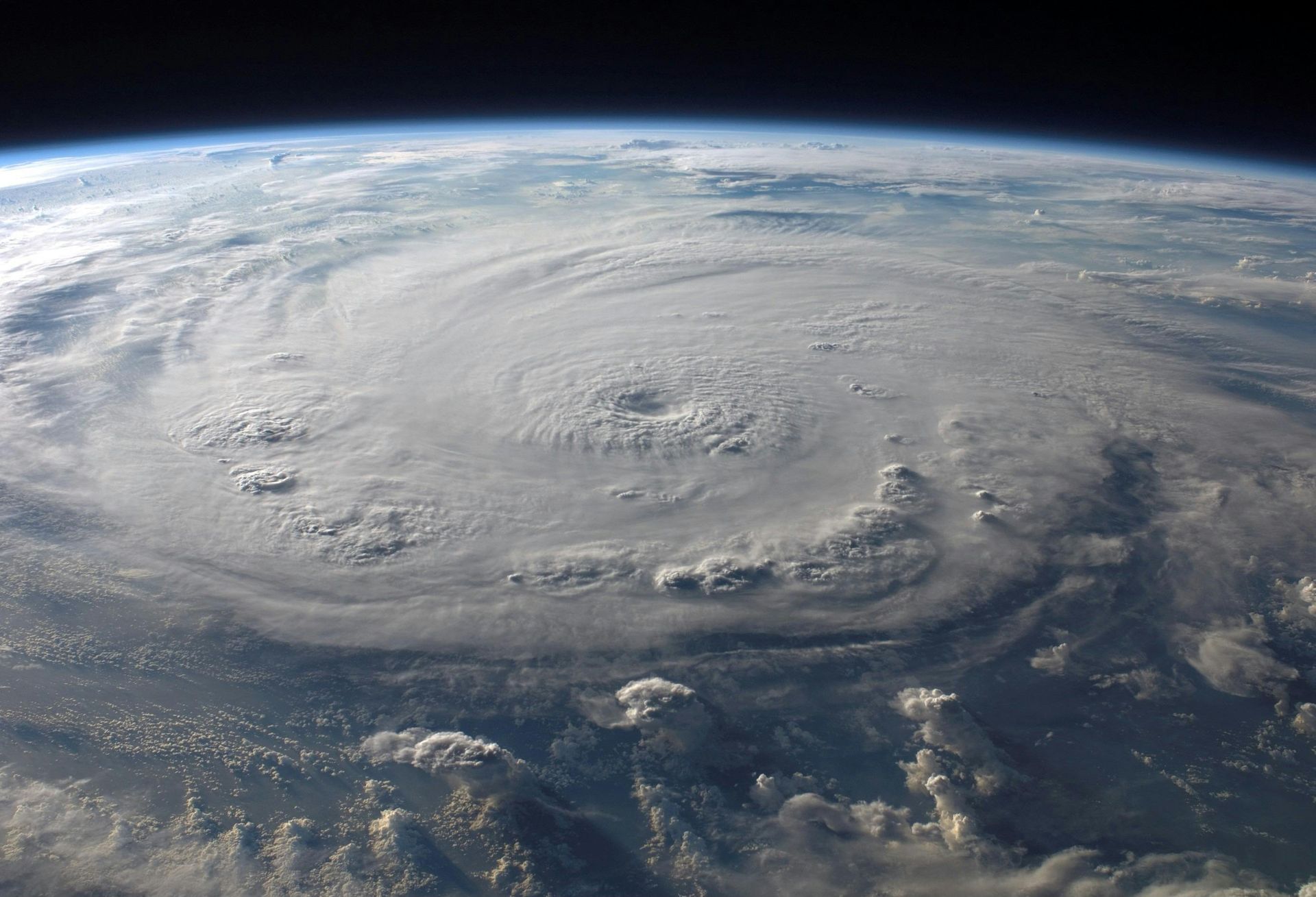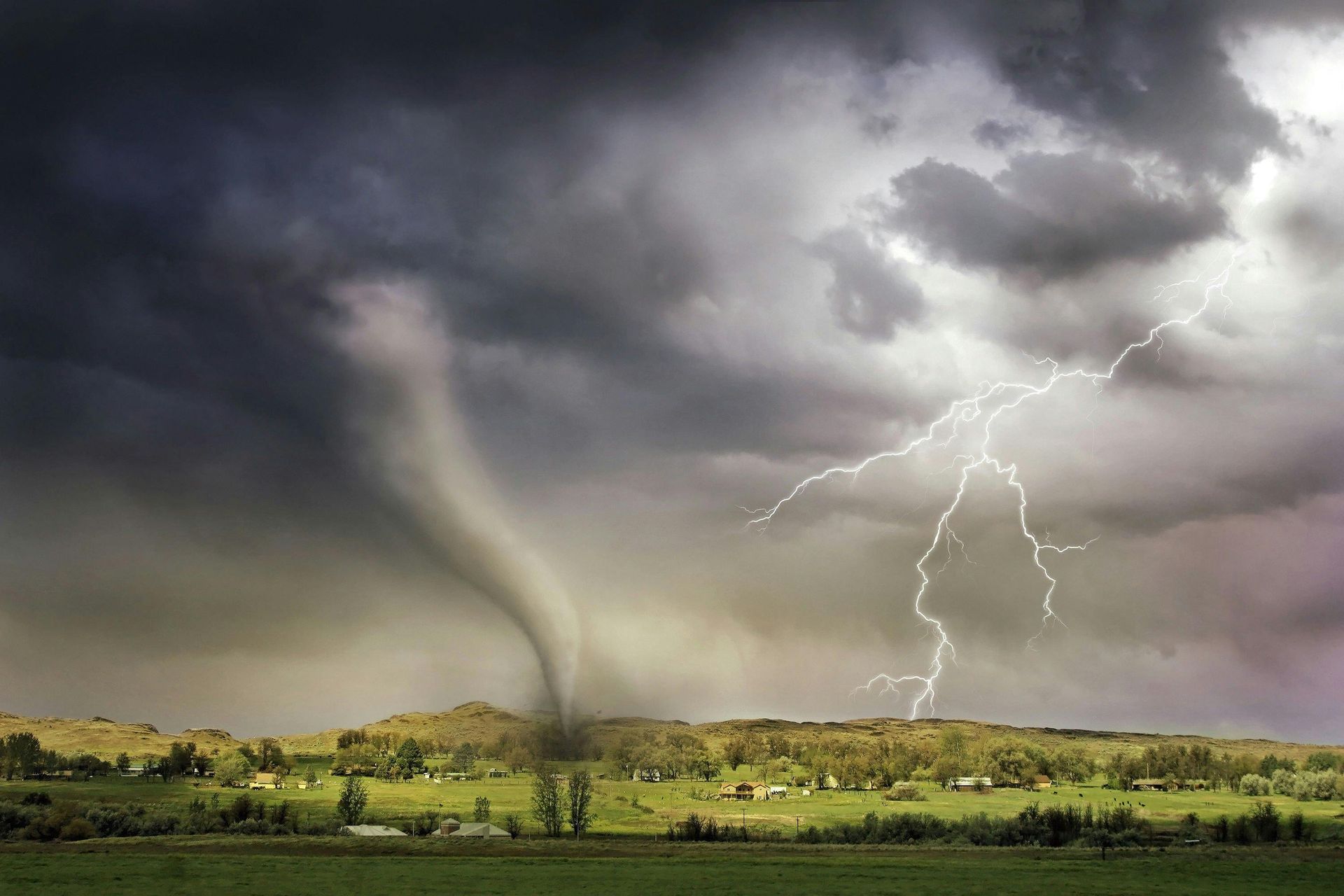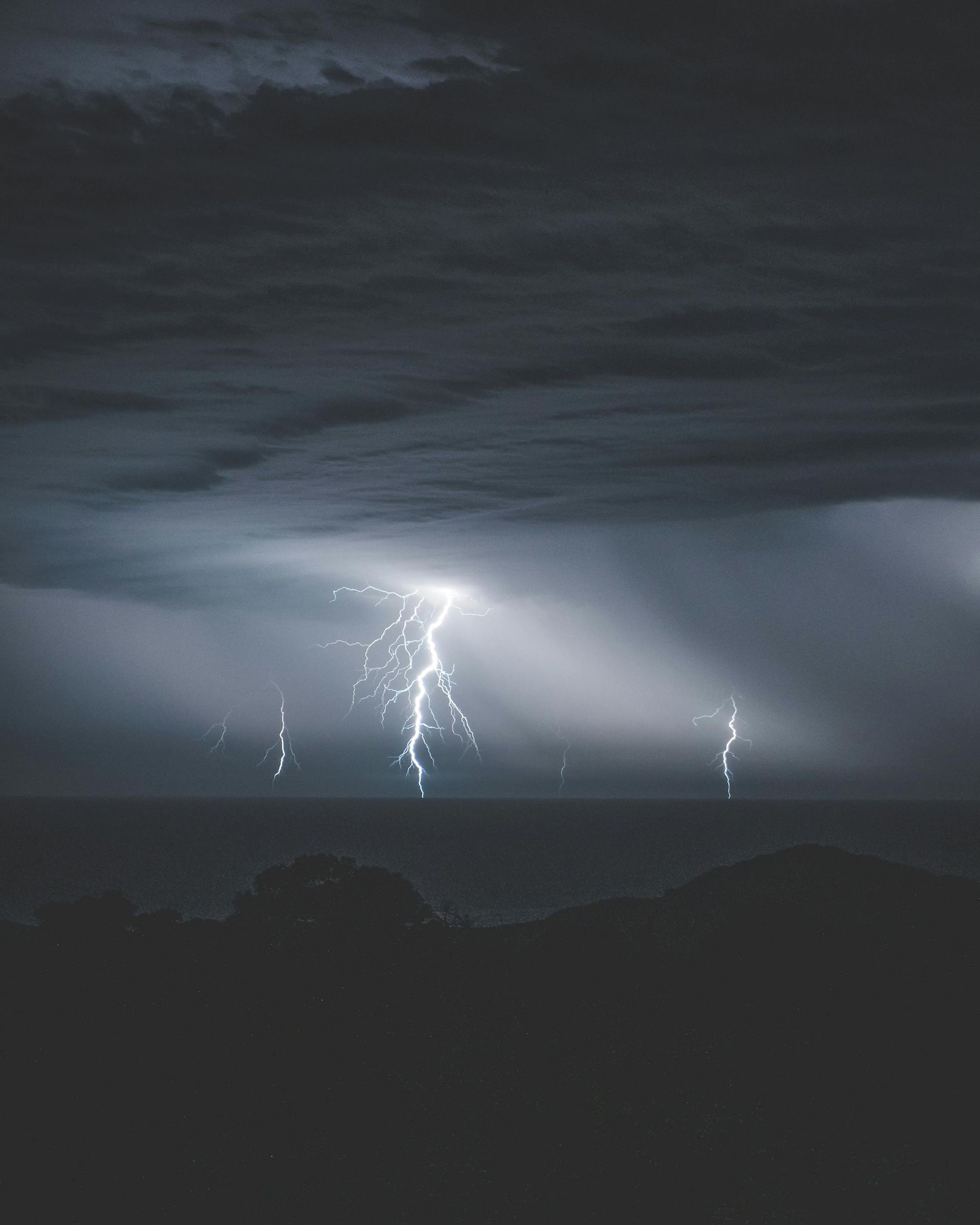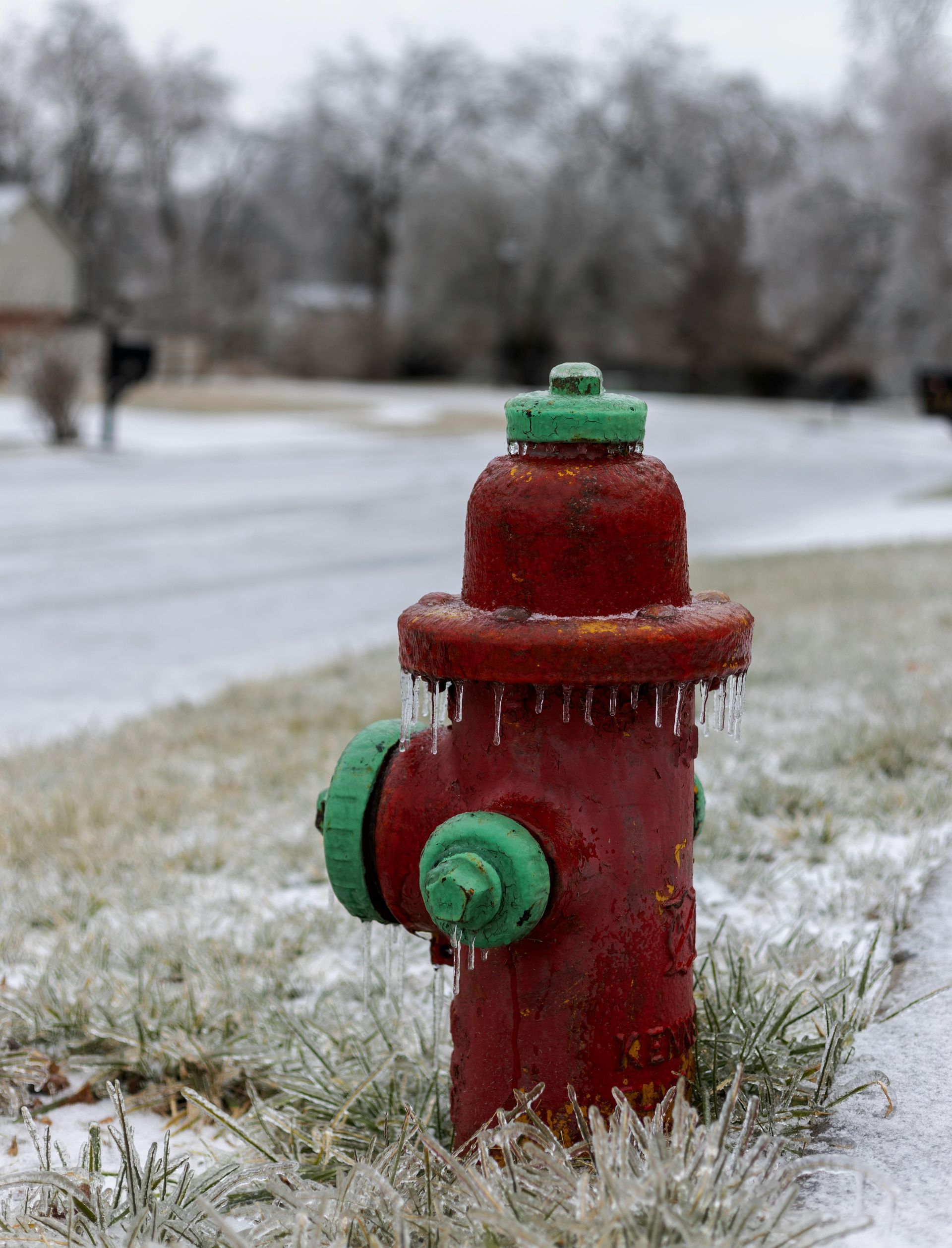The Importance of an Emergency Plan
Disasters can strike with little to no warning, leaving families scrambling to respond. Whether it’s a hurricane, flood, wildfire, or power outage, having a well-thought-out emergency plan can make all the difference between chaos and calm. At Disaster South, we believe that preparation is the foundation of resilience, and creating an emergency plan is one of the most effective ways to protect your loved ones.
This guide outlines why every family needs an emergency plan and provides actionable steps to help you prepare for the unexpected.
Why Every Family Needs an Emergency Plan
Emergencies can unfold quickly, leaving little time to think or act. Here are three key reasons why having a plan is critical:
- Enhanced Safety: A plan ensures that everyone knows what to do, where to go, and how to stay safe during a disaster.
- Reduced Panic: In high-stress situations, clear instructions reduce confusion and allow families to act decisively.
- Faster Recovery: By anticipating challenges and preparing accordingly, families can recover more quickly and efficiently after a disaster.
No matter where you live or the specific risks your area faces, an emergency plan is a universal tool for safety and peace of mind.
Step 1: Assess Your Risks
Every region has its own unique hazards, from tornadoes in the Midwest to earthquakes on the West Coast. Start by identifying the risks specific to your area:
- Are you in a flood zone?
- Do you live in a region prone to hurricanes or wildfires?
- Are there industrial facilities nearby that could pose a chemical risk?
Once you understand your local hazards, tailor your plan to address these specific risks.
Step 2: Create a Family Communication Plan
Emergencies often disrupt normal communication channels. Establishing a clear communication plan ensures your family can stay connected and informed:
- Emergency Contacts: Compile a list of essential numbers, including local emergency services, utility companies, and out-of-town relatives.
- Meeting Points: Choose two meeting locations—one near your home and another outside your neighborhood in case evacuation is necessary.
- Text Over Call: Encourage family members to send text messages, as they are more likely to get through during network congestion.
Step 3: Build an Emergency Kit
An emergency kit is a critical part of any family plan. Here’s what to include:
- Basic Supplies: Non-perishable food, water (one gallon per person per day), flashlights, batteries, and a first-aid kit.
- Personal Essentials: Medications, hygiene products, and extra clothing.
- Important Documents: Copies of IDs, insurance policies, and medical records in a waterproof container.
- Special Needs: Supplies for infants, elderly family members, or pets.
Store your kit in an easily accessible location and update it regularly to ensure items are fresh and functional.
Step 4: Practice Your Plan
Even the best plans are ineffective if family members don’t know how to execute them. Regular practice helps everyone feel confident and prepared:
- Conduct Drills: Practice evacuation routes and meeting at designated locations.
- Test Equipment: Check that flashlights, radios, and generators are operational.
- Review the Plan: Update your plan annually or after major life changes, such as moving or adding new family members.
Step 5: Stay Informed
Knowledge is power, especially during an emergency. Make staying informed part of your plan:
- Sign Up for Alerts: Subscribe to local emergency notification systems.
- Monitor Weather: Use reliable sources like the National Weather Service for updates.
- Listen to Authorities: Follow instructions from local officials regarding evacuation, sheltering, or returning home.
Example Scenario: A Family's Emergency Plan in Action
Imagine a family living in a hurricane-prone coastal town. They’ve developed an emergency plan that includes an evacuation route, a pre-packed emergency kit, and a communication strategy.
When a hurricane warning is issued, they immediately activate their plan. They review evacuation procedures, contact their designated out-of-town relative, and load their emergency kit into the car. As the storm hits, they are safely sheltered in a family member’s home outside the danger zone, confident in the steps they’ve taken to protect themselves.
This scenario illustrates how preparation can transform a potentially chaotic event into a manageable one.
Common Mistakes to Avoid
Even with the best intentions, families often overlook critical aspects of planning. Avoid these common mistakes:
- Procrastination: Waiting until disaster strikes to plan can lead to rushed, incomplete decisions.
- Neglecting Special Needs: Failing to account for children, pets, or individuals with medical conditions can leave gaps in your preparedness.
- Overlooking Communication: Without a plan for staying in touch, family members may struggle to reconnect during an emergency.
The Role of Disaster South in Family Preparedness
At Disaster South, we understand the stress and uncertainty that emergencies bring. That’s why we’re here to help you prepare, recover, and restore. From offering expert advice on creating emergency plans to providing trusted recovery services after a disaster, we’re committed to supporting your family every step of the way.
Start planning for the unexpected today. Download our free Family Emergency Plan Checklist and take the first step toward protecting your loved ones. Contact Disaster South for more resources, expert advice, and services to help you prepare and recover from any disaster.
